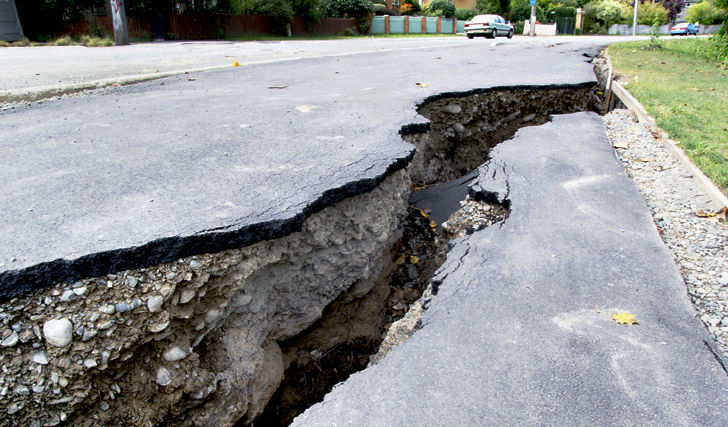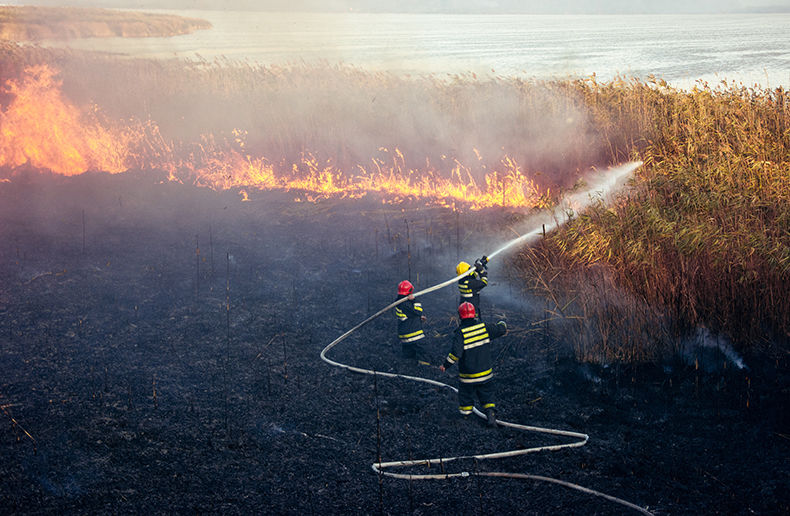The federal government would likely step in to help insurance companies and residents in the Vancouver and Montreal areas should a “mega catastrophe” in the form of a major earthquake occur, but it doesn’t seem it will be any time soon before Ottawa comes up with a plan to do so, says a University of Calgary researcher.
In a recent report, co-author Anne Kleffner of the Haskayne School of Business cautions that without federal intervention the country as a whole could face serious economic repercussions should a massive earthquake take place. The Conference Board of Canada noted in a 2016 report that the country is not prepared to deal with the economic and fiscal consequences of a massive earthquake, which could overwhelm the Canadian economy. Specifically the Conference Board said Canada’s rate of economic growth would be cut in half in the short term and its economy could experience nearly $100 billion in cumulative losses in real gross domestic product in the long term.
And if the federal government doesn’t step in the insurance industry in Canada would “likely collapse” with a number of insurers going under, said Kleffner.
In an interview, Kleffner said the issue of a catastrophic loss is on the federal finance department’s long-term agenda but adds that could be five years or so from now.
Relatively low probability
Part of the reason for the delay, she said, is that while the costs may be high there is a relatively low probability of a massive earthquake. Scientists have estimated that there’s a one in 10 chance that a megathrust earthquake will affect British Columbia in the next 50 years. In 2013, the Insurance Bureau of Canada estimated a 9.0-magnitude earthquake 300 kilometres offshore from downtown Vancouver would cause $25 billion in insured losses and $75 billion in economic losses. A 7.5-magnitude earthquake near Montreal could lead to insurance claims of $100 billion or more, estimated the Property and Casualty Insurance Compensation Corp. (PACICC), states the report.
PACICC is a special program approved by government regulators to protect policyholders and claimants in the event that a property and casualty (P&C) insurer becomes insolvent or bankrupt. Should a massive catastrophe occur, PACICC will issue an assessment of how much each surviving company must pay into the fund to cover policyholders.
Risk of multiple bankruptcies
However, if insured losses top $35 billion due to a catastrophic event, as many as 18 insurers could go bankrupt, with another seven collapsing due to the failure of group members, states Kleffner’s report.
Still, if such a massive event did take place, Kleffner acknowledged the government would inevitably step in and do “something.”
“[But] I think there’s an argument to be made that it should be something that is well considered so that things can happen without a lot of chaos and uncertainty in the event that is needed,” she said. If there is the kind of massive damage that the forecasts suggest, “the sooner you can get money back into people’s hands to recover, rebuild, etc. the better off everybody is.”
According to the Insurance Bureau of Canada, about 65% of British Columbia residents own earthquake insurance, while only 3%-5% of Quebeckers have it. However, should a fire, for example, stem from an earthquake, that event would already be covered under most residents’ general policies, she said.
Solvency backstop
Kleffner said one possible way to prevent the collapse of the country’s P&C industry is to make a solvency backstop part of any plan. Under this, Ottawa would provide financial liquidity to insurers to pay policyholders in a timely fashion and limit bankruptcies. However, this would only take place after low frequency, high severity events like major earthquakes, take place.
Some countries allow private insurers to buy reinsurance from their federal government with a cap triggered in the event that losses reach a certain amount, said Kleffner. She said that since the 2013 flood in Alberta, insurers provide for overland flood insurance which they didn’t before, but the amount any homeowner can buy is limited to $25,000-$50,000. The idea is that residents living on a home on a river, for example, should bear some of the responsibility for living in an area where potential disasters could occur.
In addition to the government, Kleffner said there still needs to be a lot of agreement in the industry as to how to handle a major and costly natural disaster.
Reducing the dislocation and disruption
“In order to reduce the dislocation and disruption that’s going to occur after an event like this, knowing what we’re going to do and how it’s going to work would serve us all well. It doesn’t really cost anything in the short term,” she said. “To the extent that insurers do go bankrupt or insolvent it can also have a ripple effect for the economy because if companies can’t buy insurance that affects their ability to do business.”
Besides Kleffner, other authors include Mary Kelly, a Chair in Insurance at Wilfrid Laurier University and Grant Kelly, chief economist and vice president, financial analysis and regulatory affairs at PACICC.













